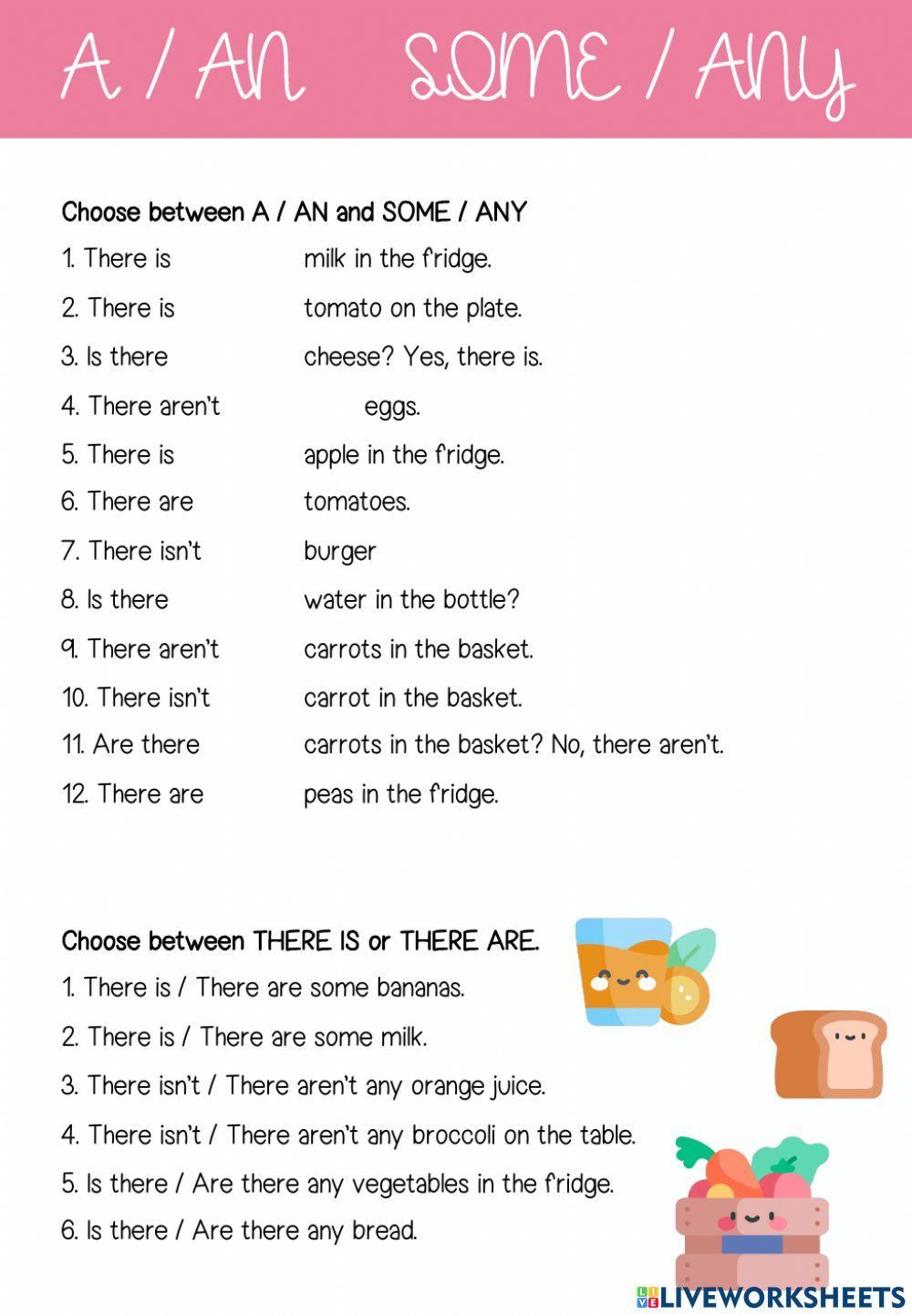Loading ad...
Member for
4 years 6 monthsAge: 9-15
Level: 4th grade
Language: English
(en)
ID: 793560
08/03/2021
Country code: ES
Country: Spain
Main content: Countable and uncountable nouns (2013075)
Choose the correct option
Other contents: Food
Share / Print Worksheet
